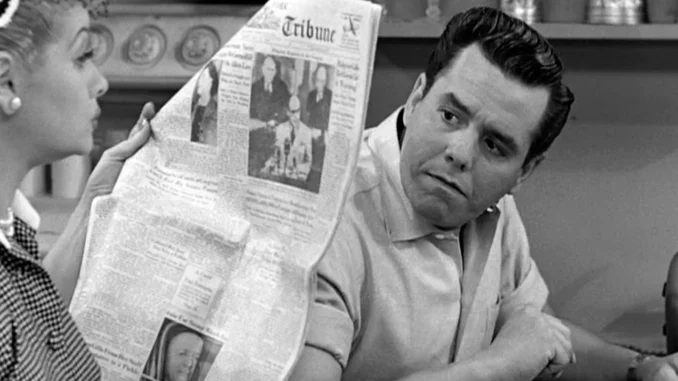
It set the model for the hit family sitcom. Lucy was a bad girl trapped in the life of a ’50s housewife; her slapstick quest for fame and fortune ended in abject failure weekly. Both the antics and the humiliation entered the DNA of TV comedy, from “Desperate Housewives” to “30 Rock,” writers can’t live without Lucy. Rapper Mellow Man Ace celebrates the breaking of an ethnic taboo; a drag performer celebrates Lucy as a freak. With novelist Oscar Hijuelos, producer Chuck Lorre, “The Mindy Project’s” Mindy Kaling, and a marriage counselor who has some advice for the bickering couple.
American Icons: I Love Lucy was produced by Jenny Lawton, with production assistance from Chloe Plaunt and Claes Andreasson. David Krasnow edited the show.
Mindy Kaling (“The Office”) grew up thinking “I Love Lucy” was “one of the many black and white things that people keep telling you is so great… and you’re just sort of bored and annoyed by it.” Then her “Office” boss Greg Daniels ordered her to watch it. She came away with a pretty serious crush on Ricky Ricardo. And she says she’s not bothered by jokes about his accent.
Although Lucy’s on-screen antics may have looked improvised, every gesture, glance, and step was written into the script. Gregg Oppenheimer — son of creator, producer, and head writer Jess Oppenheimer — reads a bit of telling stage direction from “Lucy is Enceinte.” Jess and Gregg Oppenheimer are the authors of Laughs, Luck… and Lucy.
In 1955 “Confidential Magazine,” a Hollywood scandal rag, reported on Desi Arnaz’s supposed philandering. Dartmouth film and television professor Mary Desjardins explores the less desirable side effect of being a celebrity couple.
